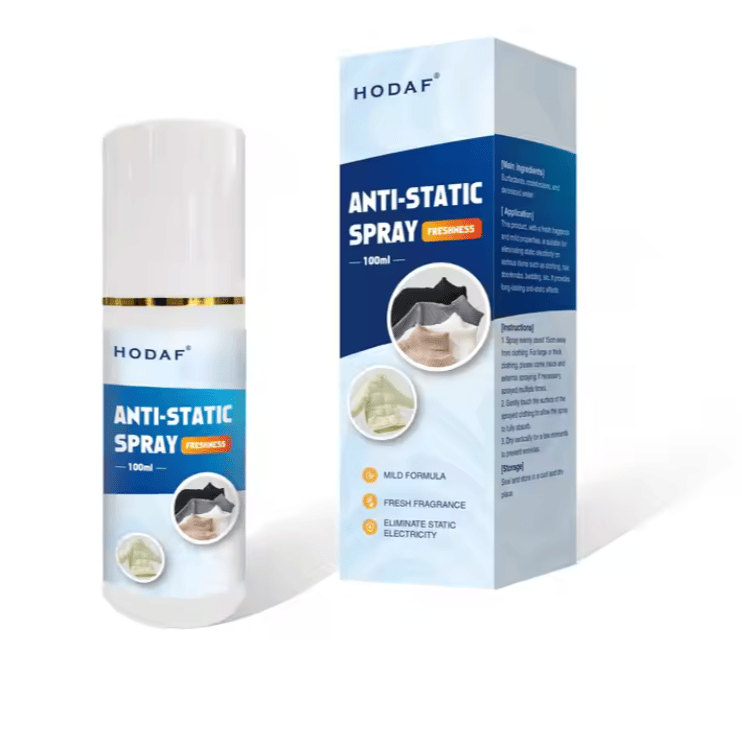what is Antistatic Spray Short Circuit?
why have Antistatic Spray Short Circuit?

What Is an Antistatic Spray Short Circuit?
An "Antistatic Spray Short Circuit" refers to an electrical short circuit that may occur due to improper use of antistatic spray, especially when it's applied on or near live electrical equipment or electronic circuits.
Antistatic spray is designed to reduce static electricity by forming a conductive layer. But if:
The spray is conductive or contains water or metal particles, and
It’s sprayed too close to active circuits or power lines,
it can cause a short circuit (an unintended path of low resistance, allowing too much current to flow).
Why Can Antistatic Spray Cause a Short Circuit?
Here are some common reasons:
Incorrect Application
Spraying directly onto circuit boards or powered devices can cause liquid to bridge circuits.
Too Much Spray
Excessive moisture buildup from over-spraying can lead to electrical conductivity across sensitive parts.
Low-Quality or Conductive Formulas
Some sprays use ionic ingredients, metal salts, or water-based solutions which may conduct electricity if not properly formulated.
Not Letting It Dry
Applying spray and immediately powering on a device without giving it time to dry can lead to shorting.
How to Prevent It ?
Only use ESD-safe antistatic sprays that are clearly labeled non-conductive.
Never spray directly onto powered equipment.
Apply the spray to fabric, plastic surfaces, or floors — not electronic components.
Let surfaces dry completely before reconnecting power.
Choose high-quality brands that are meant for electronics workspaces.
Summary
Antistatic sprays are safe when used correctly, but if misapplied — especially near powered electronics — they can lead to short circuits due to conductive liquid forming bridges between components.
